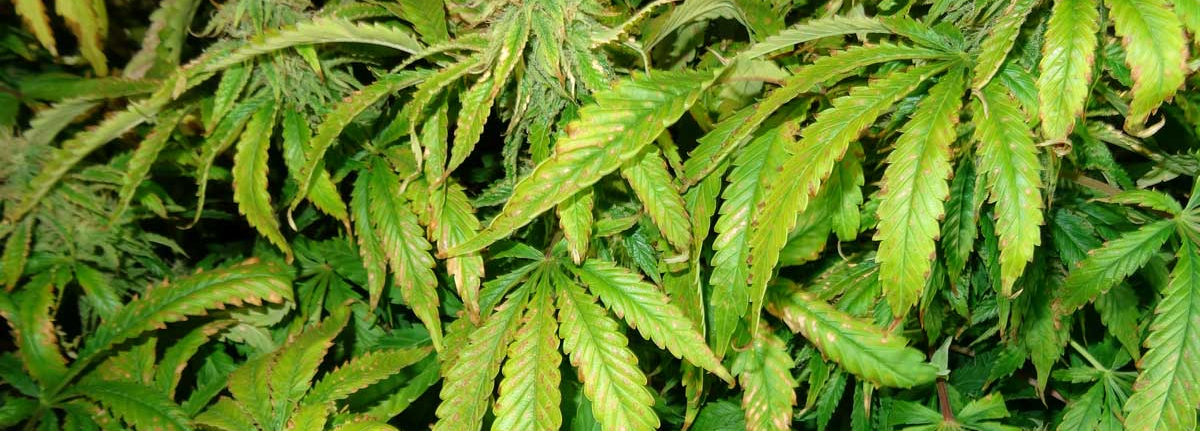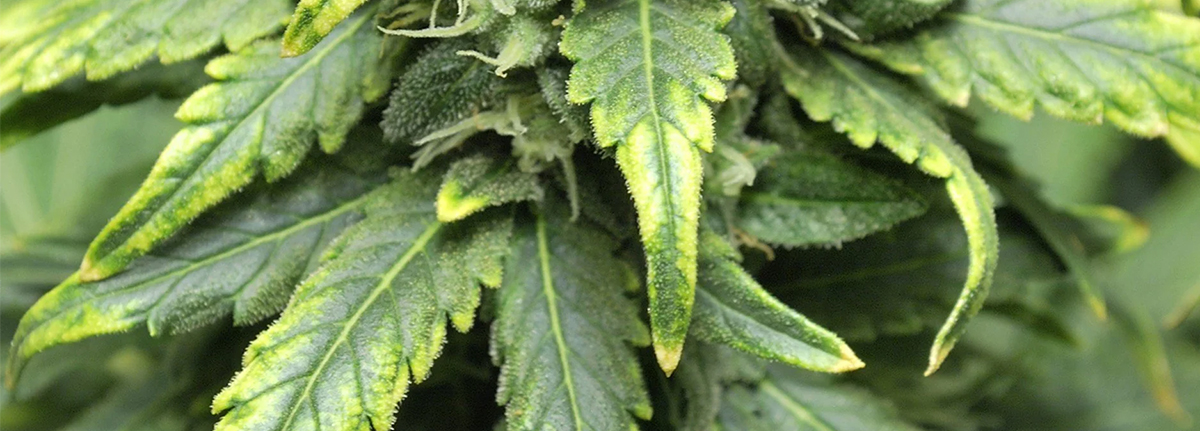When it comes to watering your cannabis plants, finding that “just right” balance is crucial. Neither make them thirsty nor let them drown in water. So, how can you tell if your cannabis plant is thirsty or overwatered?
First, we need to observe the plants. Each plant is unique and their water needs vary with the growing environment, growth stage and planting conditions.
Observing the appearance of the plant, especially the condition of the leaves and soil, can provide direct clues as to whether watering is needed.Here are some clear signs that can help us adjust our watering strategy in a timely manner.
When Cannabis Thirst: Warning Signs of Not Being Hydrated
Leaf wilting: The most intuitive sign is that the leaves begin to lose vitality and become weak and drooping. This is the plant's way of telling you that it needs more water.
Yellowing of leaf tips: If you notice that the tips of leaves are starting to turn yellow, this may be a sign that a lack of moisture is preventing the plant from photosynthesizing properly.
Dry soil: Touch the surface of the soil with your fingers. If it feels dry, it's time to give your plants some water.

When Cannabis Floods: Warning Signs of Excess Moisture
Darkening of leaf color: Excessive water will make the leaves look darker or even turn a dull green. This is because the plant roots are starved of oxygen and cannot transport nutrients properly.
Signs of Root Rot: Excess moisture can lead to a lack of oxygen in the roots, which can lead to root rot. If possible, check the roots to see if they are healthy; rotten roots often become darker in color and softer in texture.
Yellow spots on leaves: Excessive water can also cause abnormal yellow spots or spots on leaves. This is because the roots absorb too much water, which affects the nutritional balance.

Planting tips:
Once you’ve identified the signs of excess or insufficient moisture in your cannabis plants, it’s crucial to adjust your watering strategy promptly. For plants with insufficient water, increase the frequency and amount of watering appropriately.
For excess moisture, reduce the frequency of watering, ensure the soil has good drainage, and consider improving the soil structure or drainage system if necessary.
Choice of watering time
Early morning is ideal: Watering early in the day ensures your plants have enough time to absorb water during the day.
Amount and frequency of watering
Moderately and often: Too much watering at once can lead to excess moisture and root problems, while small, frequent waterings can help keep the soil just the right amount of moisture. Adjust the amount and frequency of watering based on the actual needs of your plants and how dry the soil is.
Soil moisture management
Keep it balanced: Maintaining a balanced soil moisture level is essential for healthy cannabis plant growth. Using a tool like a soil moisture meter can help you monitor the moisture status of your soil more accurately.
Improve water use efficiency
Use mulch: Covering the soil surface with a layer of organic material (such as straw or bark) can help maintain soil moisture, reduce water evaporation, and suppress weed growth to some extent.
Although watering may seem simple, it has a significant impact on the growth of your cannabis. Timely adjustment of your watering methods according to the needs of the plants and changes in the surrounding environment to ensure that cannabis plants receive sufficient moisture and grow healthily in various environments is the key to successful cultivation. Click on the dialog box below to contact us for more planting advice~























